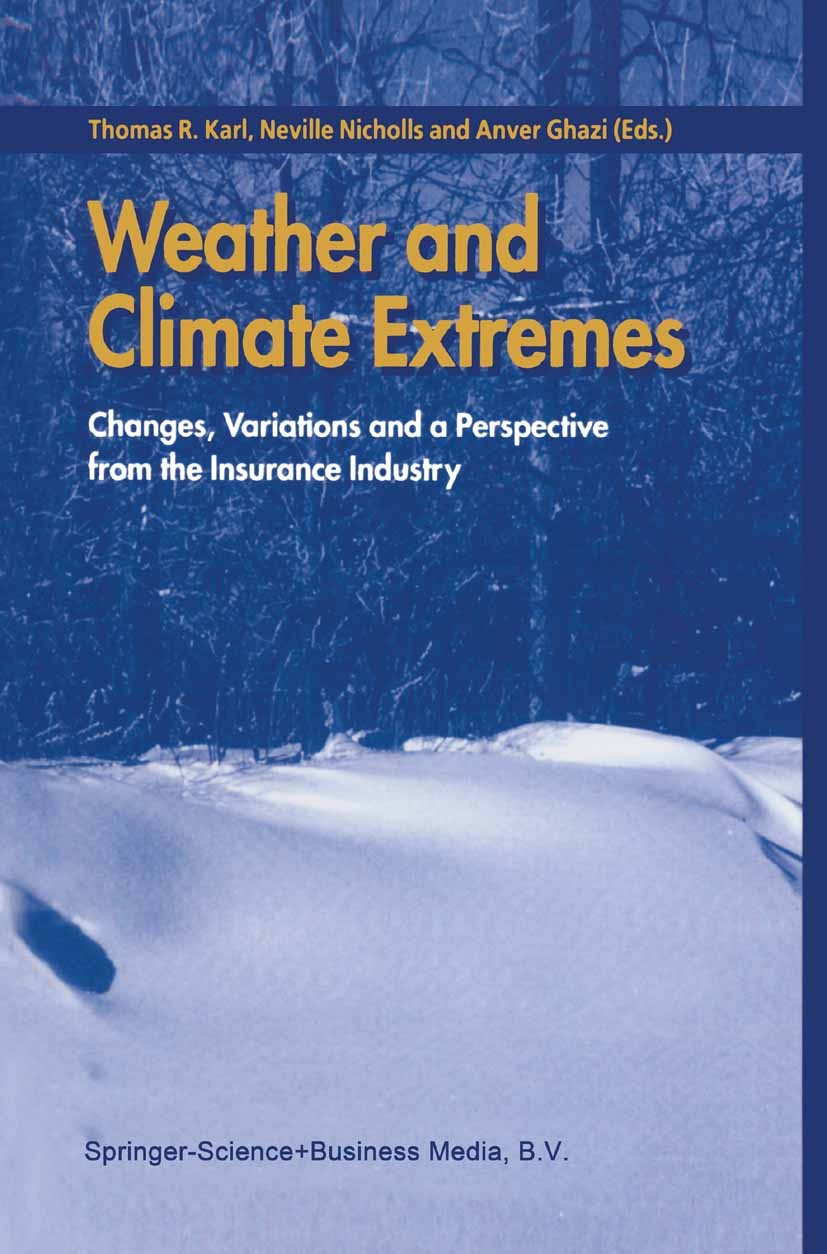Downscaled CMIP6 future climate projections for New Zealand: climatology and extremes
IF 6.9
1区 地球科学
Q1 METEOROLOGY & ATMOSPHERIC SCIENCES
引用次数: 0
Abstract
Downscaled climate projections provide regionally relevant information for climate adaptation and planning purposes. Updated climate projections (∼12-km) are presented here for the New Zealand region, downscaling 6 global climate models (GCMs) from the Coupled Model Intercomparison Project (CMIP6) under a high emissions scenario (SSP3-7.0). Three regional climate models (RCMs) are used to explore differences when downscaling select GCMs. For end of century projections (relative to 1986–2005), the national multi-model annual mean warming is 3.1°C (model range 2.0–3.8°C) across downscaled simulations. Downscaling generally enhances warming over New Zealand relative to the GCMs, with the largest increases across high-elevation regions. There can be important differences in the projections across RCMs, including at national scales for temperature and across local-to-regional scales for precipitation. Averaged across models, annual extreme heatwaves become 3–5°C hotter for most regions. More frequent, intense, and longer duration meteorological drought is projected across northern and eastern regions of both islands. In terms of model uncertainty based on sign agreement, while summer mean precipitation projections carry the largest uncertainty, projections of summer meteorological drought and precipitation extremes can be made with greater confidence. These results provide a foundation for further targeted regional climate change impact and adaptation studies.
缩小版CMIP6对新西兰未来气候的预估:气候学和极端事件
缩小尺度的气候预估为气候适应和规划目的提供区域相关信息。本文介绍了在高排放情景(SSP3-7.0)下,耦合模式比对项目(CMIP6)的6种全球气候模式(GCMs)对新西兰地区的最新气候预估(~ 12公里)。使用三种区域气候模式(rcm)来探讨选择gcm降尺度时的差异。对于世纪末预估(相对于1986-2005年),在缩小规模的模拟中,全国多模式年平均变暖为3.1°C(模式范围2.0-3.8°C)。相对于gcm,降尺度通常会增强新西兰的变暖,高海拔地区的增温幅度最大。跨rcm的预估可能存在重大差异,包括在国家尺度上的温度预估和在局地尺度上的降水预估。各模式的平均值显示,大多数地区的年极端热浪温度升高3-5°C。预计这两个岛屿的北部和东部地区将出现更频繁、更强烈和持续时间更长的气象干旱。在模式不确定性方面,夏季平均降水预估的不确定性最大,而夏季气象干旱和极端降水预估的置信度更高。这些结果为进一步开展有针对性的区域气候变化影响与适应研究奠定了基础。
本文章由计算机程序翻译,如有差异,请以英文原文为准。
求助全文
约1分钟内获得全文
求助全文
来源期刊

Weather and Climate Extremes
Earth and Planetary Sciences-Atmospheric Science
CiteScore
11.00
自引率
7.50%
发文量
102
审稿时长
33 weeks
期刊介绍:
Weather and Climate Extremes
Target Audience:
Academics
Decision makers
International development agencies
Non-governmental organizations (NGOs)
Civil society
Focus Areas:
Research in weather and climate extremes
Monitoring and early warning systems
Assessment of vulnerability and impacts
Developing and implementing intervention policies
Effective risk management and adaptation practices
Engagement of local communities in adopting coping strategies
Information and communication strategies tailored to local and regional needs and circumstances
 求助内容:
求助内容: 应助结果提醒方式:
应助结果提醒方式:


